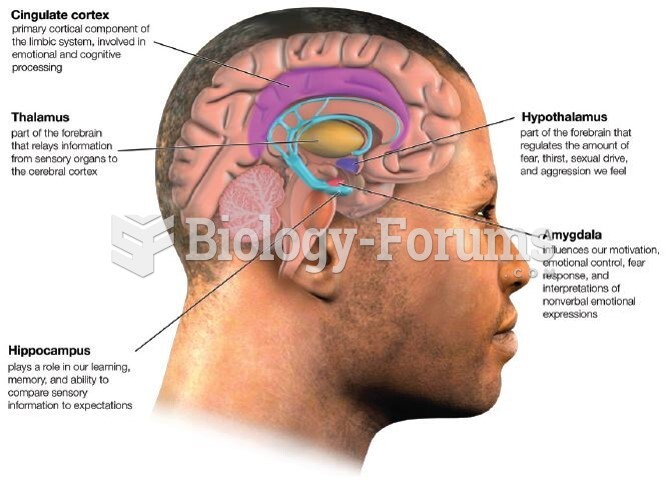|
|
|
Nitroglycerin is used to alleviate various heart-related conditions, and it is also the chief component of dynamite (but mixed in a solid clay base to stabilize it).
On average, someone in the United States has a stroke about every 40 seconds. This is about 795,000 people per year.
Though newer “smart” infusion pumps are increasingly becoming more sophisticated, they cannot prevent all programming and administration errors. Health care professionals that use smart infusion pumps must still practice the rights of medication administration and have other professionals double-check all high-risk infusions.
The first oncogene was discovered in 1970 and was termed SRC (pronounced "SARK").
The human body produces and destroys 15 million blood cells every second.







